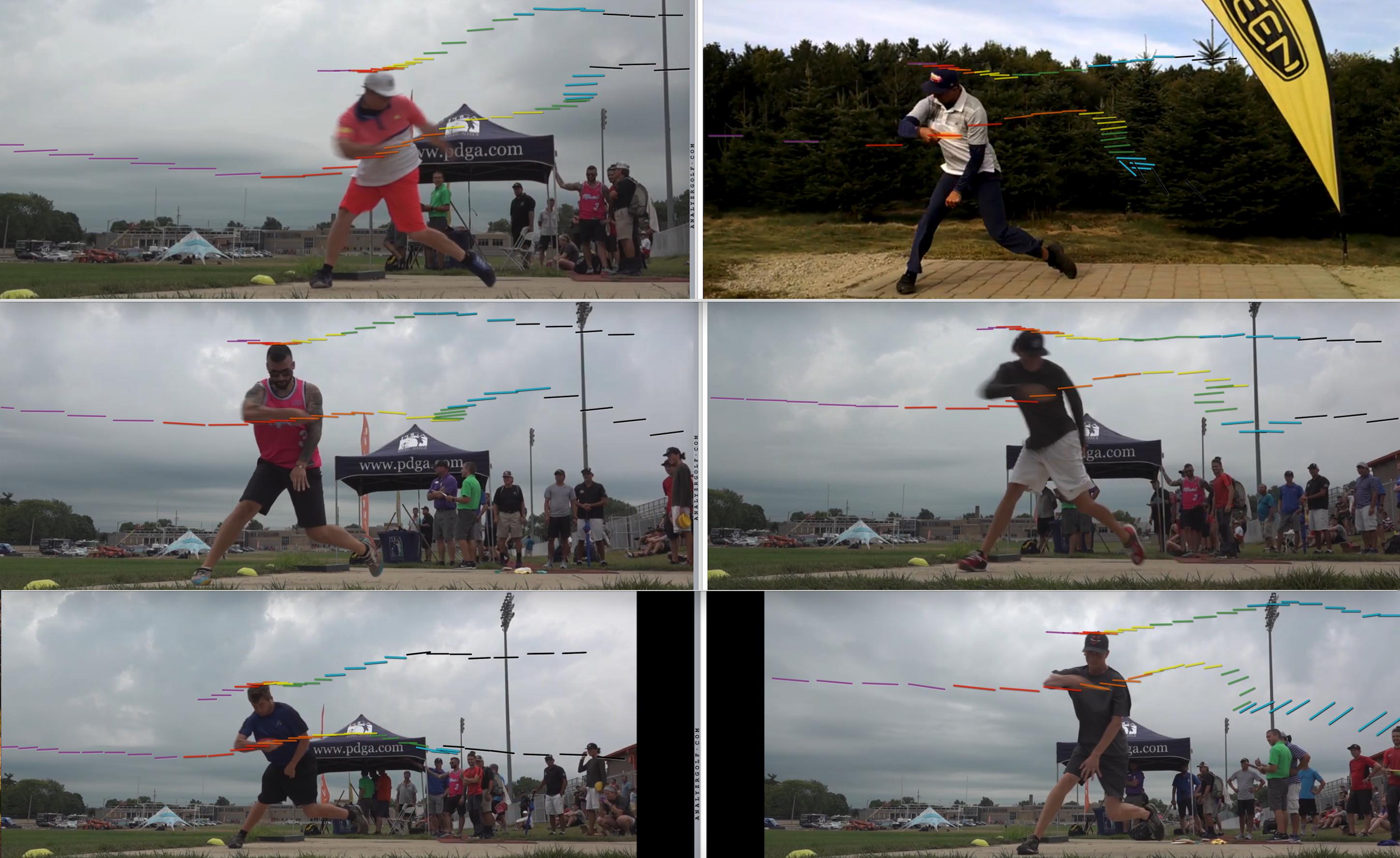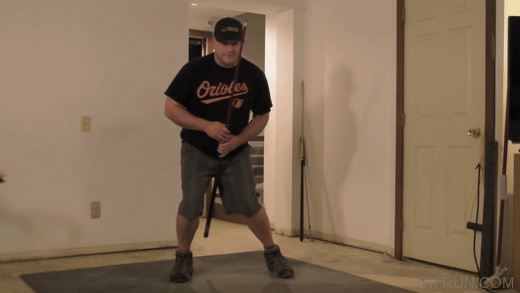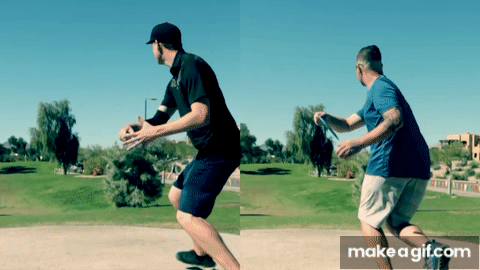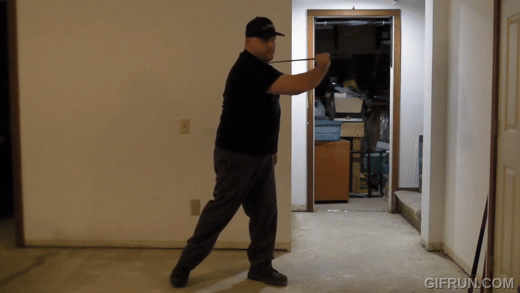I think there are several answers to this & maybe more I don't know about. I also don't think every top pro uses "levitation" in strictly the same way, and I think some of them are actually not using it at all if their move is very "pull-like" or maxxing out mostly on horizontal forces.
1. For me personally, there is definitely a relaxing effect. When I was using my "bodybuilder" kinetic chain I had all kinds of problems getting way too clenched way too early and it would slow my movement down visibly and measurably. By the way, relaxed is not always meaning a totally loose/relaxed or smoothly accelerating backswing. Now I can find ways to either purely do smooth acceleration like a golf swing, or instead "Burst" out of the backswing depending on little differences in the move (part of what I called Model 1 vs. Model 2). Btw I don't think most of that is really inconsistent with most of what Sidewinder thinks, I'm just emphasizing little differences at the extremes.
2. Anything that allows you to work with rather than against gravity will generally mean you're taking some of the initial load off of muscle/tendons/bones. You can build on gravity effects with muscle. But you can't do it the other way around..
3. This is a slightly "hot take" but part of why I put out the "Model 1 and Model 2" video. I think part of why some communities "talk past" each other is that there's a big multidimensional space of options around whatever the "best" form is for a player. Almost all high level moves involve some kind of wave-like motion from reachback to release when you watch the entire motion pattern. The backswing levitation accounts for part of the "wave" function you see in these images Sidewinder marked up. The lines are for the head and for the disc path. GG's is gigantic. McBeth's became very horizontal over time, but you can still see it. Gibson's move looks "flat" to most people who spend too much time watching what happens at the plant, but look at the wave function somewhat earlier than that and before his X-step. And so on. Most of these players' moves found a way to slightly "levitate" in their backswings. Then they built on that "gravity boost" with the rest of the move.

I think you are starting to discover with your putt part of what I was hinting at with some grip ideas and their interactions with other variables.* Arms don't just hinge, they "corkscrew" a bit in most natural motions. My putt works in a similar way to how you describe, but the rotation pattern differs (per below). I don't practice it at all (I get bored and prefer working on driving form) so I'm not always precise, but I was much more accurate after I figured out the rotating "corkscrew" part of the motion and when I do finally practice I get more precise quickly. Throwing textbooks and small weights in putting stance helped me build the chain.
*Sequence: just wanted to mention one little putting sequence difference/option it sounds like we have. Like the backhand, you can also have a putt that is just still internally rotating into the equivalent of the putting "pocket." I do think there are individual differences out there though. E.g., I think Sidewinder uses a counterclockwise shoulder rotation and tends to hyzer putt, some people windmill forward vs. backward, etc. My putt functions more like my backhand so it supinates slightly going back, then pronates slightly into the pocket, and does that weird "hammer" pressure and unloading effect I can't describe well in words at the release. I probably only have good angle and distance control because of all the other drills I did throwing hammers and heavy things from a putting stance. I'm equally comfortable throwing it hyzer, flat, or anhyzer. I couldn't get any other option to work very reliably for me and had trouble with anhyzer* with other styles, so I stuck with it. My C2 putting got a lot better too and it was easier to throw 100' from a putting stance so I stopped tinkering with it after that.
*very helpful with woods/uneven terrain putts to be able to hit all angles at all times including behind obstructions from 100'. I also started making all kinds of putts I never practice once I learned my own "best" move.








